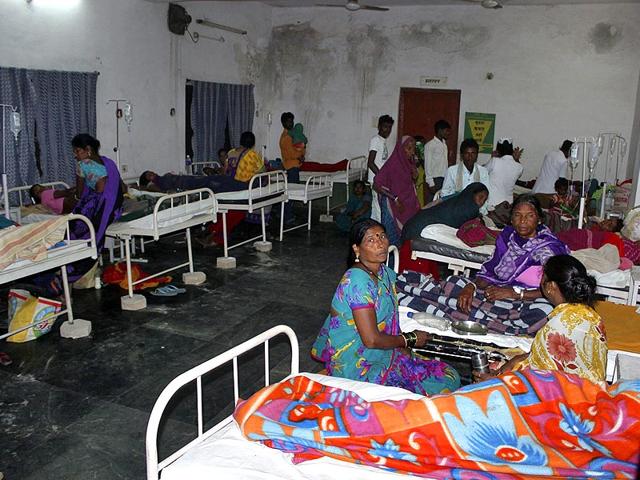Chhattisgarh sterilisation deaths: Seeing people just as numbers
Nothing much seems to have changed in the manner in which both the central and state governments view population. It is seen as a problem that must be controlled.
Nothing much seems to have changed in the manner in which both the central and state governments view population. It is seen as a problem that must be controlled.

This explains why the Chhattisgarh government, in its anxiety to meet targets, rushed through the sterilisation of women at a free camp, something that has now resulted in the death of 13 of them and leaving 20 in a critical state.
The incentive, pointedly discouraged by the National Population Policy, of Rs 1,400 per sterilisation appears to have attracted poor women to the camp.
The problem here is that many politicians and policy-makers consider population as a drag on resources and consider the easiest way to deal with it is through sterilisation.
Though official policy recommends a basket of reversible contraceptives, sterilisation is seen as a cheaper and more effective option. And invariably, it is women who have to undergo this surgery after having produced the requisite number of children, which again means the required number of sons.
Though vasectomy is a less complicated procedure, societal taboos ensure that few men opt for this.
Experts have often urged the government to consider our population as a resource, an asset. But with poor education availability, poor healthcare and lack of opportunities, this conversion of population into resources has not worked well.
So the knee-jerk reaction is to 'control' the population and that too the reproductive choices of the poor, who are seen to be the largest contributor to the population.
But studies show that the poor too want to limit their family size but many women do not want to go in for irreversible methods of contraception as they have no guarantee of the longevity of their children.
The cafeteria approach, that of offering different forms of reversible contraception, can work only if we have functioning public health centres.
Instead of focusing on this, states have opted to have aggressive sterilisation drives. The Chhattisgarh government has axed some officials but this does not change the policy of forcing sterilisation as the only viable option on women.
The right to reproductive choices and the right to choose the number of children one wants to have are inalienable.
But official thinking seems to be going in the opposite direction, seeing people merely as statistics that must be trimmed down.



